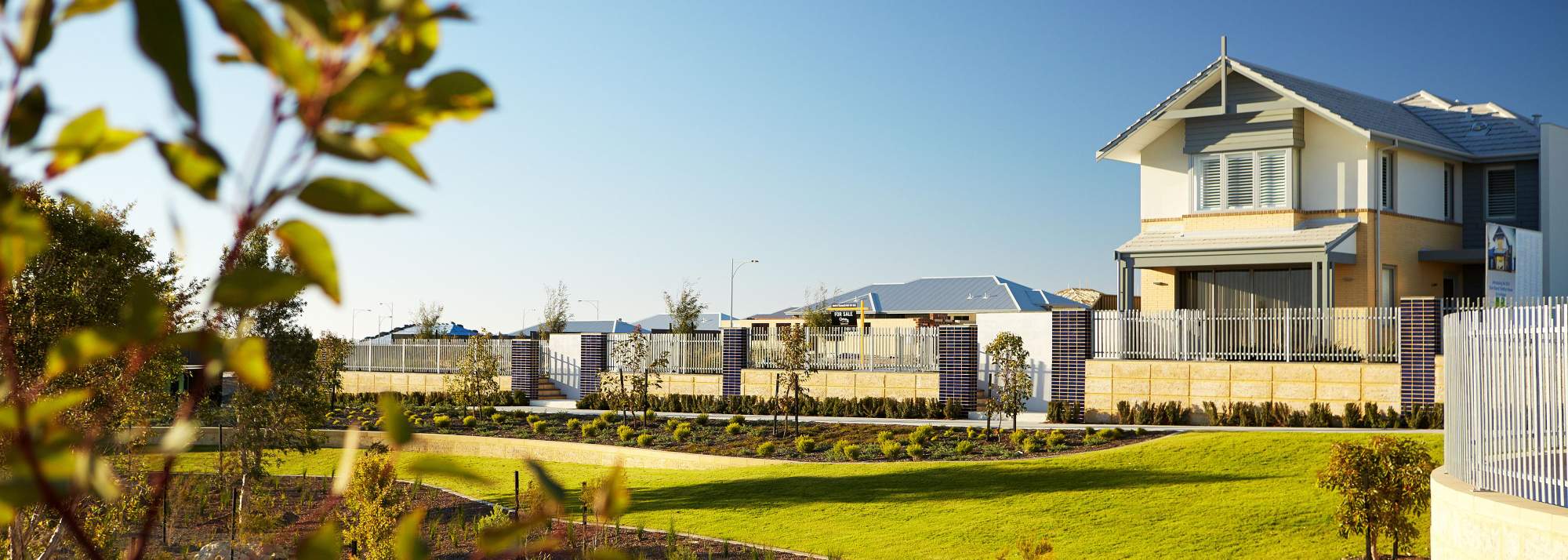LD Total's top tips for maintaining your new garden
Industry News
LD Total's top tips for maintaining your new garden
News

Choosing the right block of land to build your dream home is not as simple as just picking somewhere that seems nice. There are soil types to understand, property sizes, shapes and orientations to consider, utilities to factor, and building restrictions to work around.
But is it worth it in the end? Oh yes. Buying land in Western Australia, Victoria, Queensland or wherever you live in Australia is the ultimate home-owning experience – you’ll have a property that is uniquely yours, with all the features you dreamed of and a house that nobody else has lived in before.
This article will discuss the factors that will influence your land purchasing choice, and some good questions to ask in the process.
The most important amenities to be near are shops, parks and playgrounds, medical facilities, transport routes, and schools.
Note: Your house itself can be orientated differently if the land isn’t quite what you had in mind, but the lot’s size and shape may impact your design options. This shouldn’t make or break your decision if everything else is perfect – it’s just something to keep in mind.
Soil that absorbs too much water or is easily eroded can damage a home if not accounted for.
Your ‘class’ (or type) of soil will impact the type of slab that must be laid upon it – so it doesn’t crack in the future! Soil’s interaction with water can also cause problems. If the soil absorbs water and changes shape, or if it can be eroded easily, damage may occur to your home.
Before settling on your land, you should hire a professional to conduct a soil test. These can take up to two weeks, but will class your soil with one of six letters that tell you how hard or soft the land is going to be, with A being the best. Your builder will typically organise this for you.
If you purchase in a masterplanned community the subdivision will likely have a class rating already, but this applies to the subdivision as a whole rather than individual sections (which may vary). In this case, your builder will identify the rating of your lot to confirm whether it is the same or different.
When you sign the contract for your property, will there already be utilities and services installed? These include electricity and/or gas, sewage, water and internet. While the arrangement of these is typically taken care of by your builder, there are charges associated with getting connected and these can quickly build up into the tens of thousands. The more rural your land, the more expensive it will likely be to connect.
This is another reason many Australians choose to buy land in masterplanned communities, as necessary connections will typically be taken care of for you.
If you choose land within a masterplanned community, utilities may be taken care of for you.
An easement is a section of your land that someone else has rights to use – like a shared driveway. There are also statutory easements, which include telephone poles and underground pipes. Are these present on your land? You cannot deny easement rights holders access to these areas of your property, or build over the easements without consent from the council. This might impact your house design, so it’s important to understand what easements exist and where they are.
Are guidelines, restrictions or covenants a part of the land title? Essentially, each of these are limits on what you can build. They are common throughout Australia but more-so in masterplanned developments, where they are designed for the benefit of the community. Guidelines can preserve the quality and economic health of a neighbourhood, and prevent any eyesores from being constructed.
Common restrictions include:
Now that you understand each of these land purchasing factors, the only thing left is to get out there and find your dream lot! To learn more about Satterley’s gorgeous masterplanned communities in QLD, VIC and WA, check out the lots for sale near you.